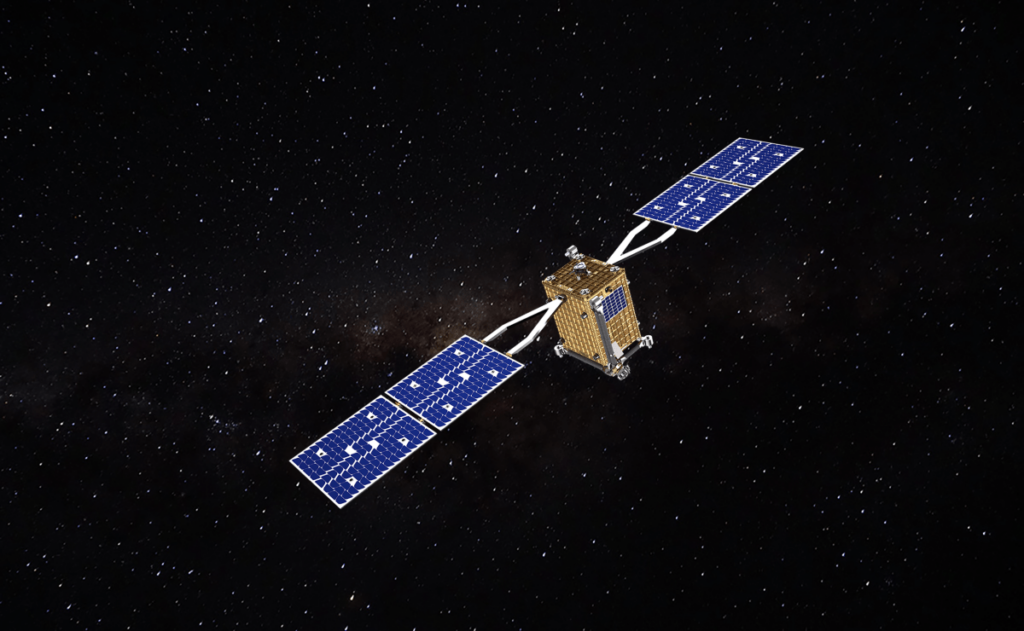Starfish Space has closed a new tranche of funding led by a major defense tech investor as it looks to launch three full-size satellite servicing and inspection spacecraft in 2026.
The Washington-based startup’s Otter spacecraft is designed for two primary missions: extending the operational life of expensive satellites in geostationary orbit (GEO) and disposing of defunct satellites in low Earth orbit (LEO). It’s a series of capabilities that have never been available for satellite operators, who launch their satellites with the expectation that they’ll only have a limited span of useful life.
The aim, as Starfish CEO and co-founder Austin Link put it in a recent interview, is to “make it affordable enough that the benefits of having your satellite serviced outweigh the costs.”
The $29 million round was led by Shield Capital, a venture firm focused on funding technologies that will affect U.S. national security. It has participated in just a handful of other deals in the space industry. The round also includes participation from new investors Point72 Ventures, Booz Allen Ventures, Aero X Ventures, Trousdale Ventures, TRAC VC, and existing investors Munich Re Ventures, Toyota Ventures, NFX, and Industrious Ventures.
“You start a company because you want to build satellites, not because you want to fundraise,” Link told TechCrunch. Link founded Starfish in 2019 with Trevor Bennett after the pair worked as flight sciences engineers at Blue Origin. They raised $7 million in 2021 and $14 million two years later. Starfish launched its first demonstration mission, a sub-scale spacecraft fittingly called Otter Pup, last summer.
Although that mission did not quite go according to plan, Starfish has racked up several wins since then, including three separate contracts for full-size Otter spacecraft. That includes a $37.5 million deal with the U.S. Space Force for a first-of-its-kind docking and maneuvering mission with a defense satellite in GEO and a contract with major satellite communications company Intelsat for life extension services. The third contract, a $15 million NASA mission to inspect multiple defunct satellites in LEO, was announced while Starfish was in the middle of fundraising, Link said.
Starfish purposefully set out to find investors that had experience helping their portfolio companies navigate selling to the government, Link said. “The government is a customer that it sometimes can be harder to scale with, so having investors that understood the process a little better … we thought they’d be good additions to our cap table.”
Link added that the company is seeing a “fairly even split” in demand between government and commercial customers.
Satellite servicing, life extension, and satellite disposal are “exciting first steps,” Link said, but they’re stepping stones on the way to developing a broader suite of capabilities for even more ambitious missions on orbit.
“Along the way, we end up with this set of autonomy and robotics technologies and capabilities and datasets that allow us to go eventually do broadly a set of complex robotic or servicing or ISAM-type missions in space that maybe stretch a little beyond what we do with the Otter,” he said. “I think a lot of those are a long ways off, and not necessarily where our focus is right now … but some of the effort that goes into the Otter today and is funded through this funding round, and some of the growth there leads to a longer term where Starfish Space can have a broad impact on the way that humans go out into the universe.”


